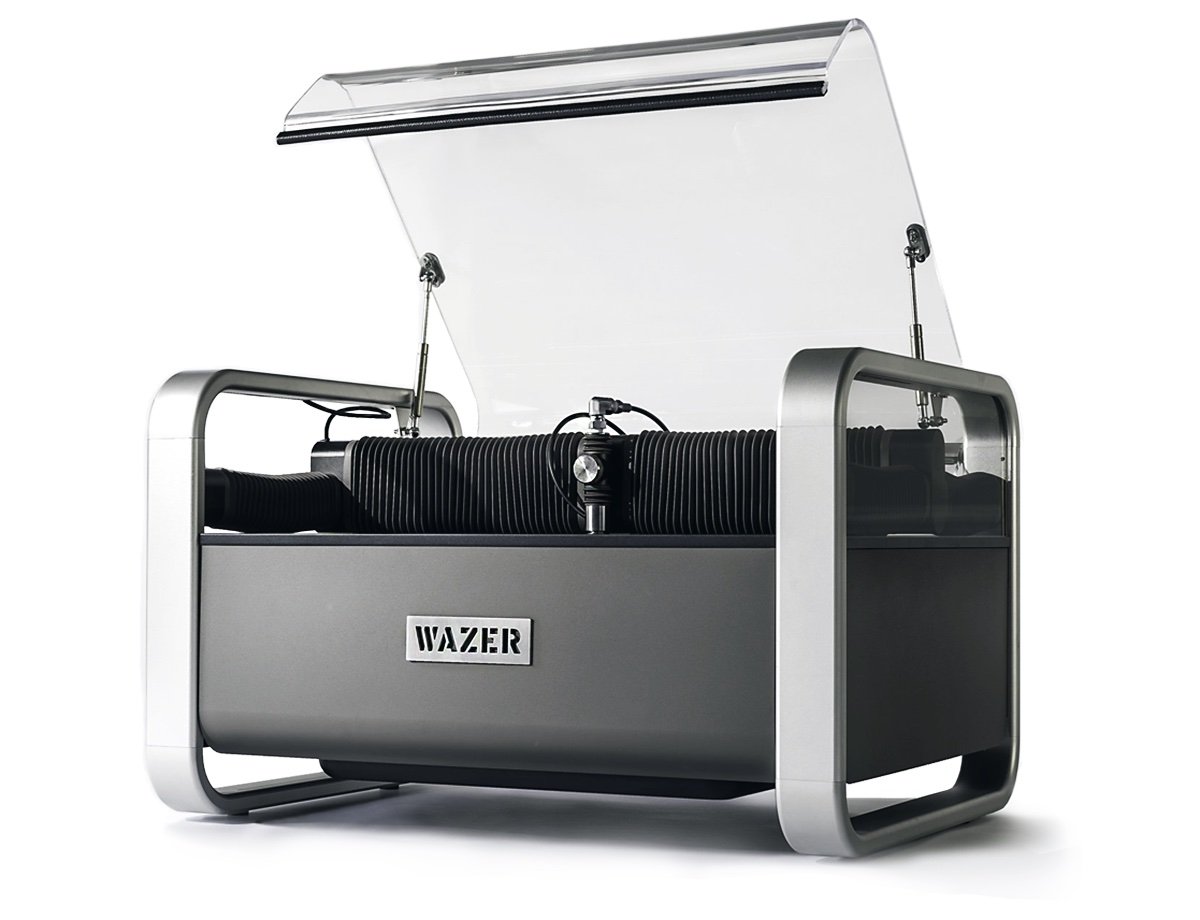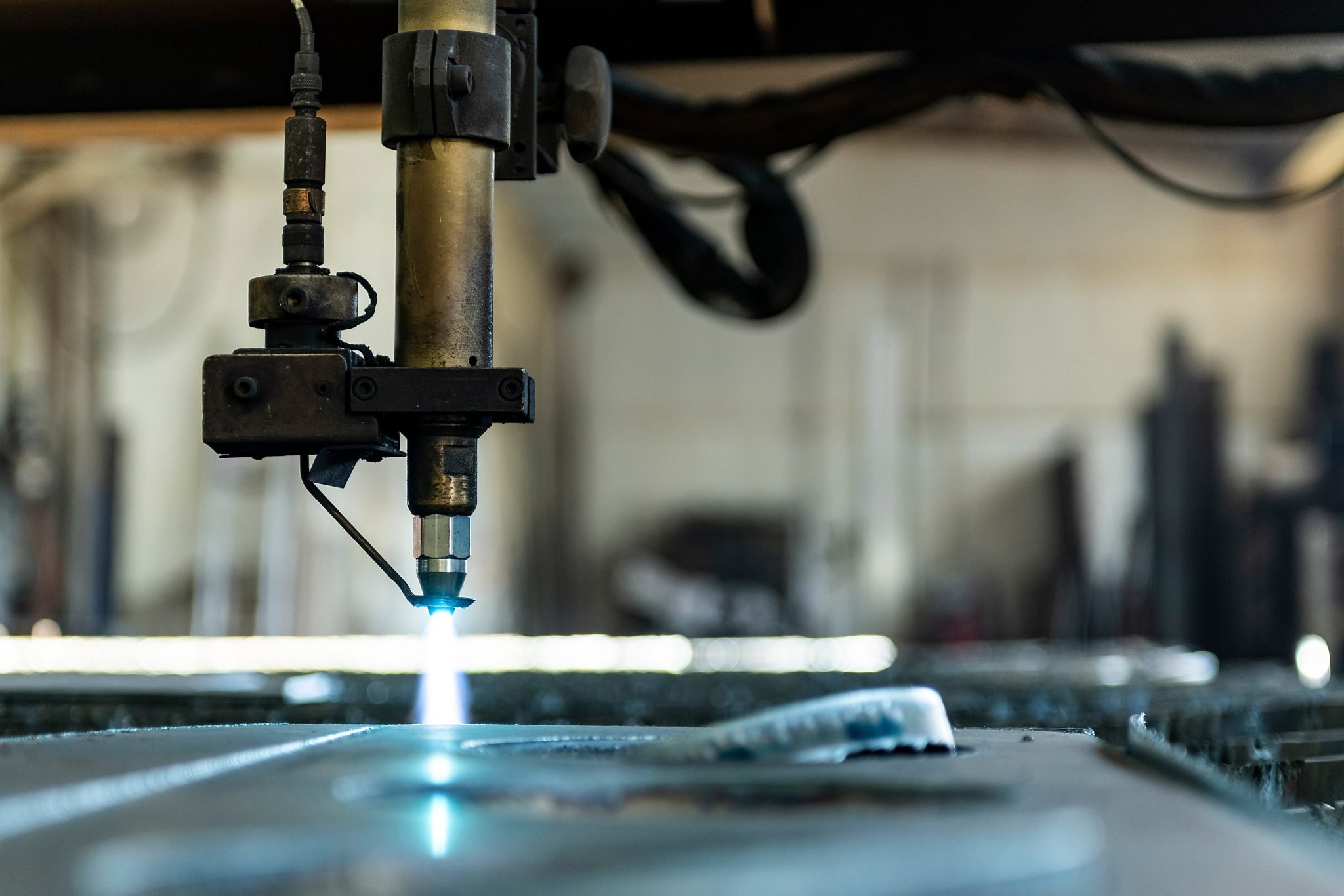Digital Fabrication Matchup: Common Types of CNC Machines
Whether you’re looking to add CNC machines to your shop floor, home workshop, or your makerspace, there are several different types to choose from. Plus, with the advancements in desktop CNC machines, it’s now even easier to build a versatile fab lab that empowers you to prototype faster, take on a variety of jobs, and build your CNC skills. The most common types of CNC machines include:
CNC milling machines
CNC routers
CNC lathes
Laser cutter
Water jet cutter
Plasma cutter
Electrical discharge machines (EDM)
Let’s take a closer look at the different types of CNC machines.
CNC Milling Machine
This type of CNC is characterized by rotating cutting tools and stationary stock. You can cut a variety of materials (e.g., aluminum, steel, engineering plastics) using CNC milling machines, as well as a variety of 2D, 2.5D, and 3D parts. To cut these parts, CNC milling machines will move their axes simultaneously. CNC milling machines have at least three axis, but there are 4-axis, 5-axis, and even 6-axis machines. The number of axes you may want largely depends on the parts you need to machine. With that said, you can machine a wide variety of parts using just a 3-axis CNC milling machine. These types of machines are used in job shops and at companies in numerous industries, including aerospace, biomedical, defense, automotive, and more. They also come in a variety of sizes. For instance, the CNC mills on our shop floor at Bantam Tools HQ are massive, floor-standing machines. But they can also come in footprints that can easily fit on your desktop.
The Bantam Tools Desktop CNC Milling Machine and Bantam Tools Explorer™ CNC Milling Machine are classic examples of a CNC milling machine, but in a compact footprint that enables you to make the most of the space in your office, shop, classroom, or garage.
CNC Routers
Just like CNC milling machines, the end mill on a router rotates and the stock remains stationary. While these two types of machines are similar and users often speak the same lingo there are some key differences between them. For instance, CNC milling machines are often enclosed, while CNC routers are not. Meanwhile, if your goal is CNC woodworking or to mill very soft materials, a router may be better suited for your needs.
CNC Lathes
On the flip side, the material rotates on a CNC lathe and the cutting tool remains stationary. Like CNC milling machines and routers, they’re capable of cutting a variety of materials. Lathes are ideal for machining cylindrical, cone-shaped, or flat-shaped parts. While it’s argued that lathes can be less accurate than CNC milling machines (especially if you’re using a manual lathe), one type of lathe in particular is renowned for precision and accuracy: Swiss Lathes. Swiss lathes are often used in industries like watchmaking, aerospace, and biomedical where engineers are dealing in microns! On these CNC lathes the material rotates and slides along an axis, through a holding mechanism (like bushing) into the machine, providing much more rigidity.
Laser Cutters
Just like the name suggests, laser cutters use a high-resolution laser beam to precisely cut, engrave, or score all kinds of different sheet materials. This type of CNC machining empowers you to create intricate designs or quickly label parts using hundreds of kinds of materials. However, you are limited to cutting 2D designs and 2.5D parts.
Glowforge makes a laser cutter that will need a dedicated space and vent, but will easily fit on a benchtop. [Image source]
Water Jet Cutter
With this type of CNC machine, highly pressurized water is pumped through a nozzle into a chamber where it’s mixed with sand-like abrasive particles and then fired at a piece of stock to cut it. Water jet cutters utilize a “cold cutting process” meaning it doesn’t require heat distortion or vents nor does it cause fumes. They’re able to cut any material and are used in aerospace, automotive, and machine shops.
Historically, water jets were large and size and expensive. But companies like Wazer are developing industrial-grade desktop CNCs that are easy to incorporate in factories, shops, schools, and studios. [Image source]
Plasma Cutter
This CNC machine uses a high-powered plasma torch to precisely melt through the stock. It works similarly to a torch used for welding, except in this case the machine is being controlled by a computer. A plasma torch can get up to 50,000 degrees and is limited to electrically conductive materials like steel, titanium, brass, and copper. Plasma cutters are used in the automotive industry, shipbuilding, chemical manufacturing, and more.
Electrical Discharge Machines (EDM)
Not to be confused with electronic dance music, electrical discharge machines (aka EDM, spark machining, wire burning, and spark eroding) is an electro thermal production process where a single strand of metal wire and deionized water cut through materials using the heat created from electrical discharge. This process has been widely used since the 1960s and is ideal for cutting specific features like angled internal corners, tight slots, hard-to-machine materials, and parts that require incredibly tight tolerances.
As we continue this series, we’ll take a deeper dive into these CNC machines and other digital fabrication tools and see how they compare to mills.
At Bantam Tools, we build desktop CNC machines with professional reliability and precision to support world changers and skill builders. For the latest Bantam Tools news, sign up for our newsletter. If you’re interested in adding a Bantam Tools machine to your workflow you can order directly from our online store or request a quote.





